Bisexual Awareness Week beginning on September 16th is a time to elevate bisexual, pansexual, and queer voices, as well as raise awareness of the unique issues facing the Bi+ community. Bisexual Awareness Week ends with a celebration of Bisexual Visibility Day on September 23rd.
Out & Equal is dedicated to elevating bisexual, pansexual, and queer voices, and raising awareness of the unique issues facing the community. For this Bisexual Awareness Week, we chatted with several incredible members of the Bi+ community to hear what it means to them to be visible.
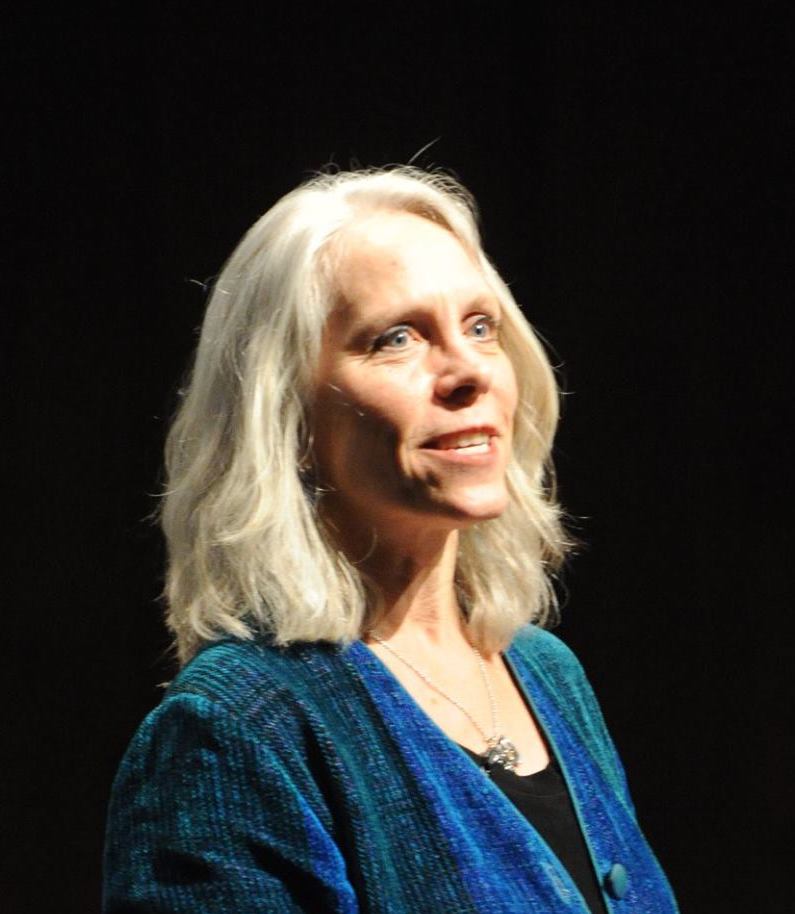
Robyn Ochs, Speaker, Advocate, Writer (she/they)
“In cultures that attempt to squeeze complex realities into simple binary frames, it’s important to shine light on identities between and outside of the binaries. Every time a bi+ person makes their bi, pan, or queer identity known, they are pushing through binary walls, creating space and making it possible for themselves and for others to exist.”
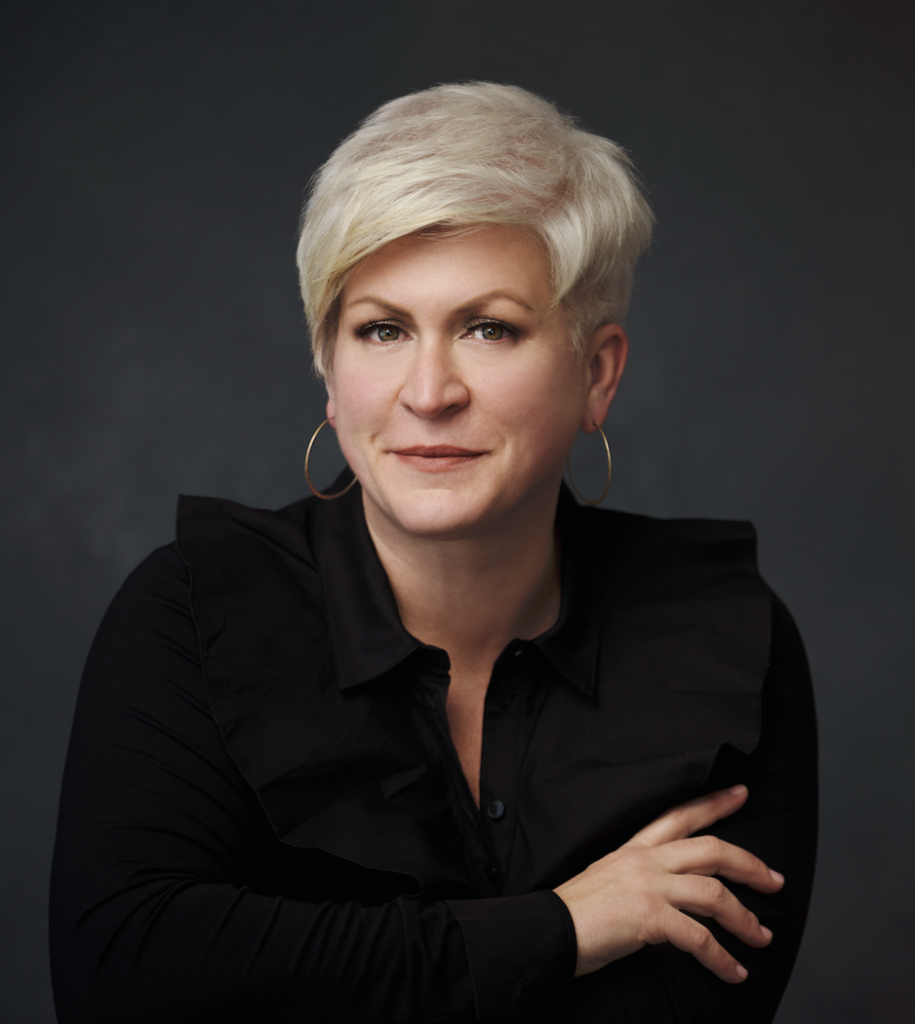
Erin Uritus, CEO, Out & Equal (she/her)
“As one of the few openly Bi+ CEOs in America today, I know firsthand the importance of visibility for the bisexual, pansexual, and queer communities, and the necessity of creating spaces of belonging for these communities in the workplace. This Bisexual Awareness Week, we should all focus on elevating Bi+ voices and addressing the unique issues we face both in and out of the workplace.”

Ryan Rosa, Business Support Consultant, Wells Fargo (they/them)
“Being an out and visible bisexual and nonbinary person means showing that as a community, we are just as capable, smart, and talented as our heterosexual, gay, and lesbian friends and colleagues and we deserve the same amount of safety, respect, and acceptance.”
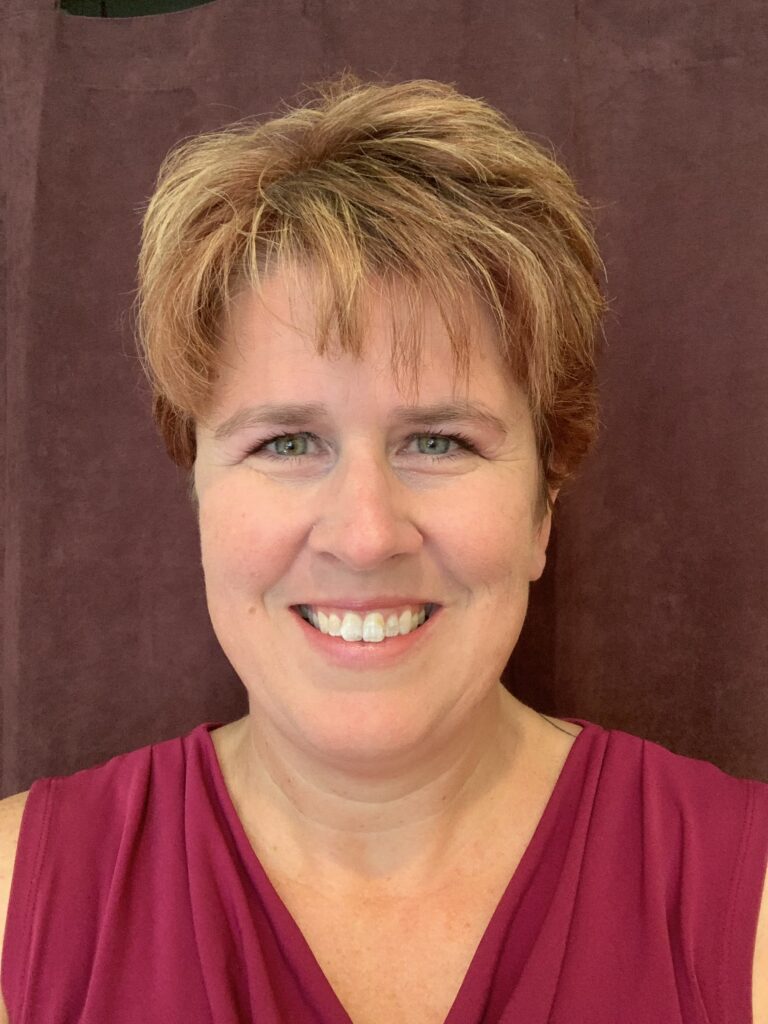
Kelly Thompson, Senior Compliance Professional, AlixPartners (she/her)
“Being “out” as bisexual at work has been so rewarding. Several colleagues say they felt empowered to come out themselves because of me. Having bi, pan, poly and other “+” identities represented in work, at home, and in the media is so vital to helping others feel comfortable in being “their whole self” all the time. No one should ever have to cover up who they are.”
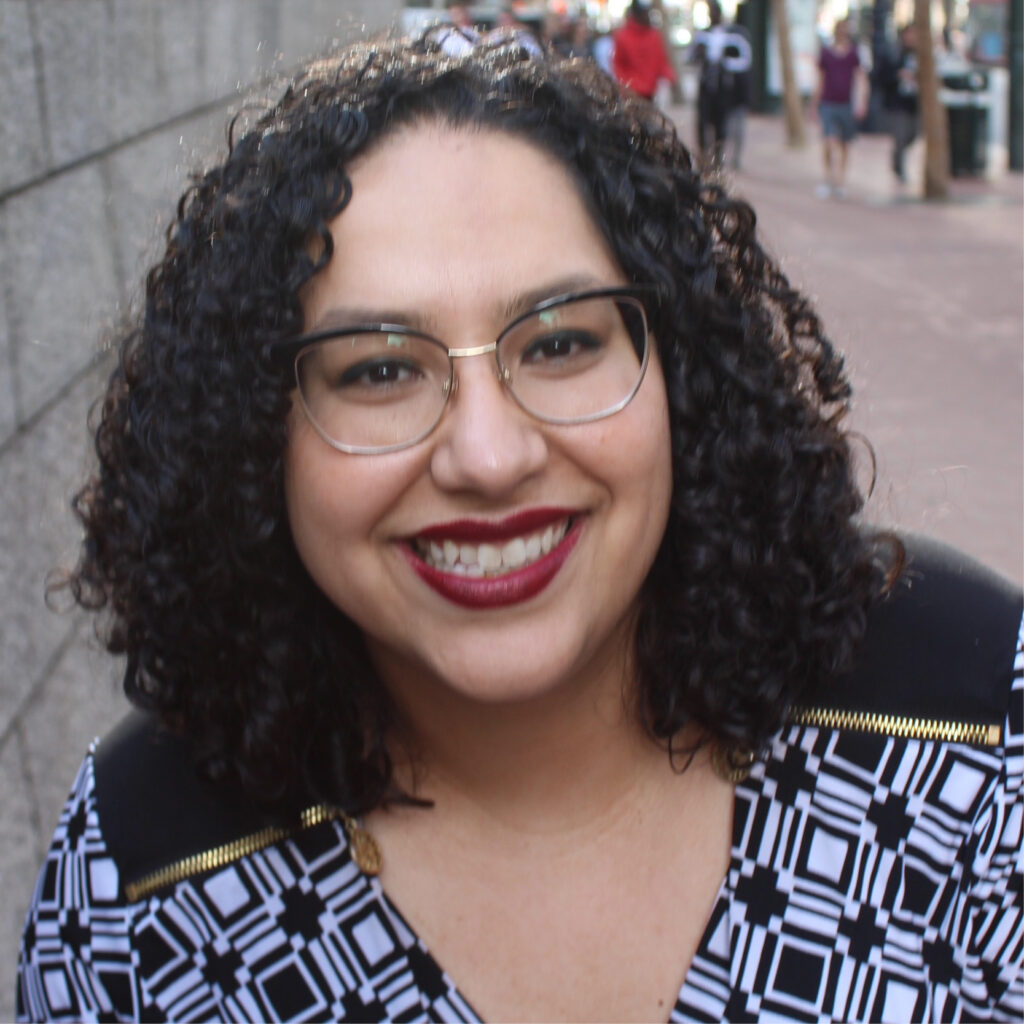
Isabel Porras, Senior Director of Learning & Development, Out & Equal (she/her)
“40% of LGBTQ+ people of color identify as bisexual. Bisexual people of color make up a significant portion of the LGBTQ+ community, but we are often invisible at work. This Bisexual Awareness Week, I invite our allies to commit to learning more about the unique needs of our community, and to practicing intersectional allyship.”
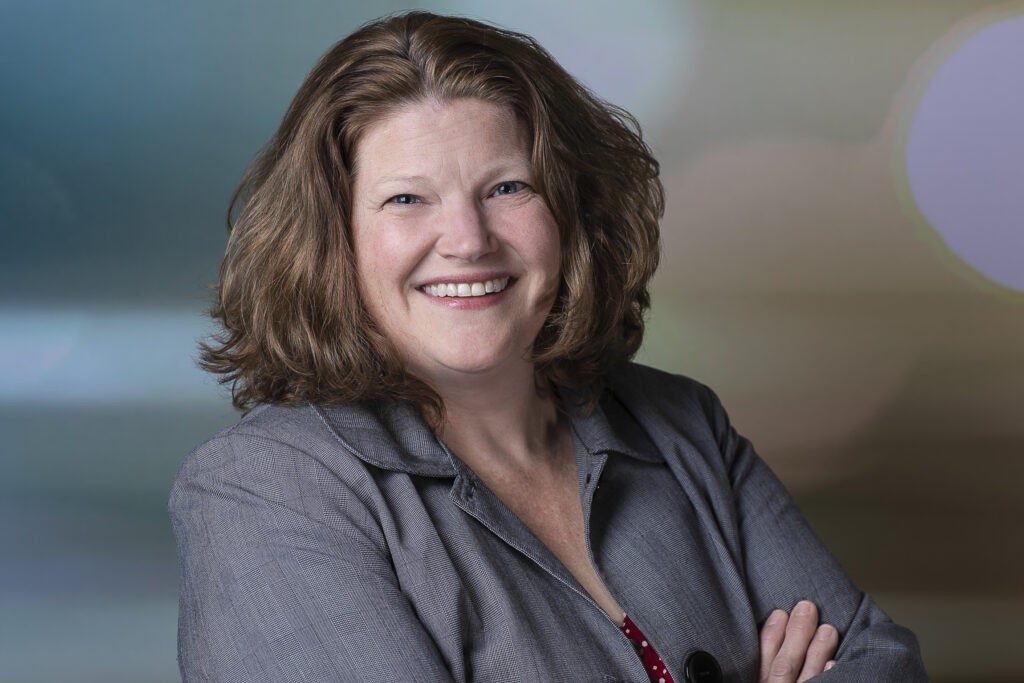
Alison Shea, Vice President, Global Talent Development & Learning, State Street (she/her)
“Bisexuals are often referred to as the Silent B in the LGBTQ+ acronym though we make up the largest contingent by far. My grandmother always said, “If you are not counted then you don’t count.” This is why I choose to be visible and be counted.”
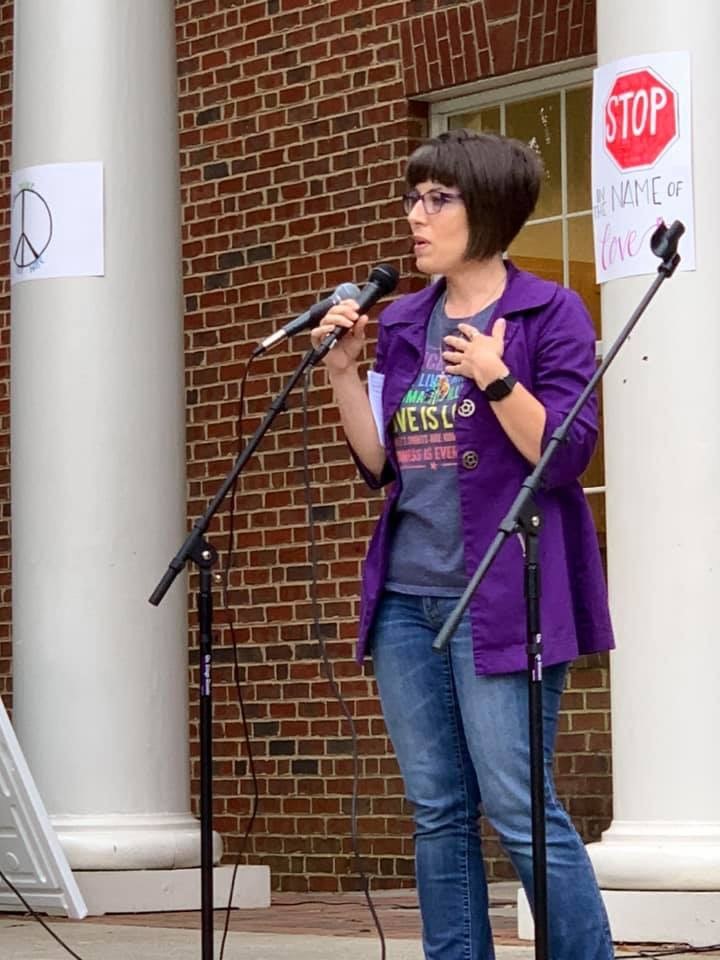
Candice Todd, Business Initiatives Consultant, Wells Fargo (she/her)
“I grew up in a conservative and religious household. When I realized I was bi+ I knew my parents wouldn’t accept it. What I didn’t expect was that my friends, some of whom are gay or lesbian, also didn’t accept it. They told me it was a phase, I was confused, and bisexuality wasn’t real. I believed them, and felt invalid and irresponsible. I have now embraced my queerness and continue to share my story to help educate others about the harmful impacts of biphobia and bi-erasure.”
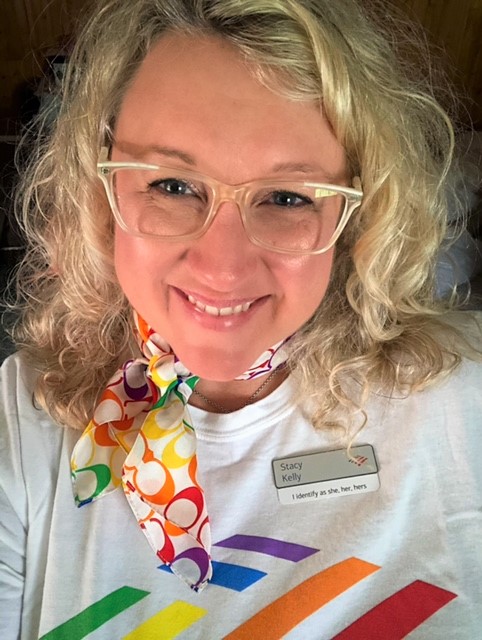
Stacy Kelly, Vice President – Sr Business Control Specialist, Consumer Lending Exams, Audits, and Assessments, Bank of America (she/her)
“We live in world that prefers things to be tidy boxes that are clearly labeled – this or that. Throughout life, I’ve been pressured to fit my identity into one box or the other – straight or gay, and it felt stifling and unauthentic. I am Bi and when I can fully accept and celebrate my Bi-ness, I feel whole and cherish comfort of acceptance in our community and Bi culture. Being visible means intentionally sharing my story and coming out, sometimes gently correcting their assumptions, or explaining myself to educate others. It’s not always easy, but I’ve found it’s a lot less effort than “covering” and better than disappearing behind a partner’s gender and identity.”